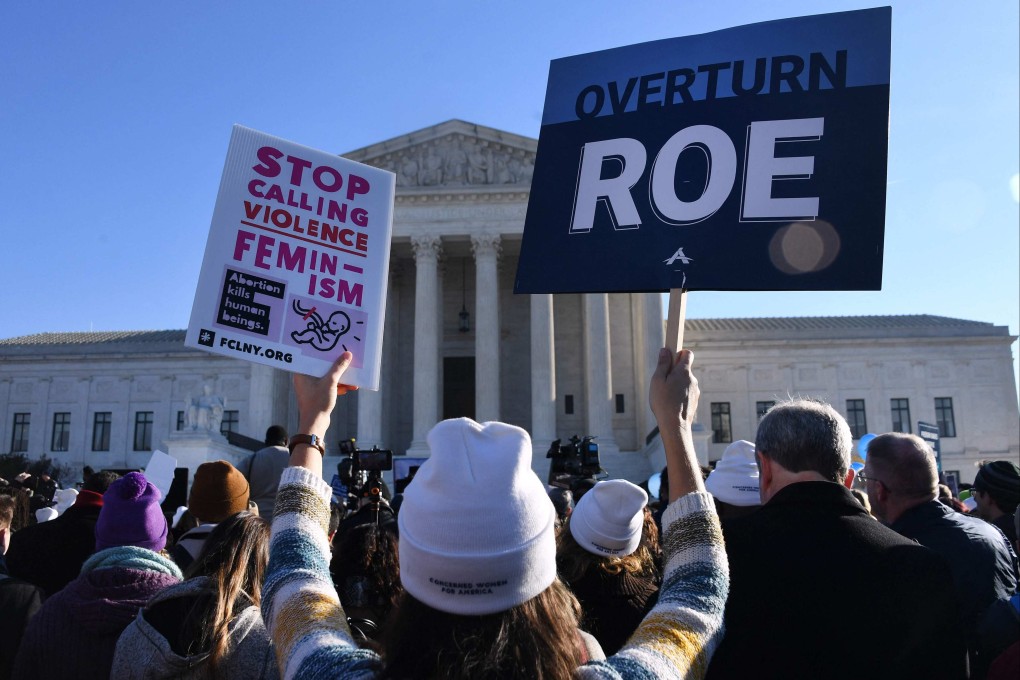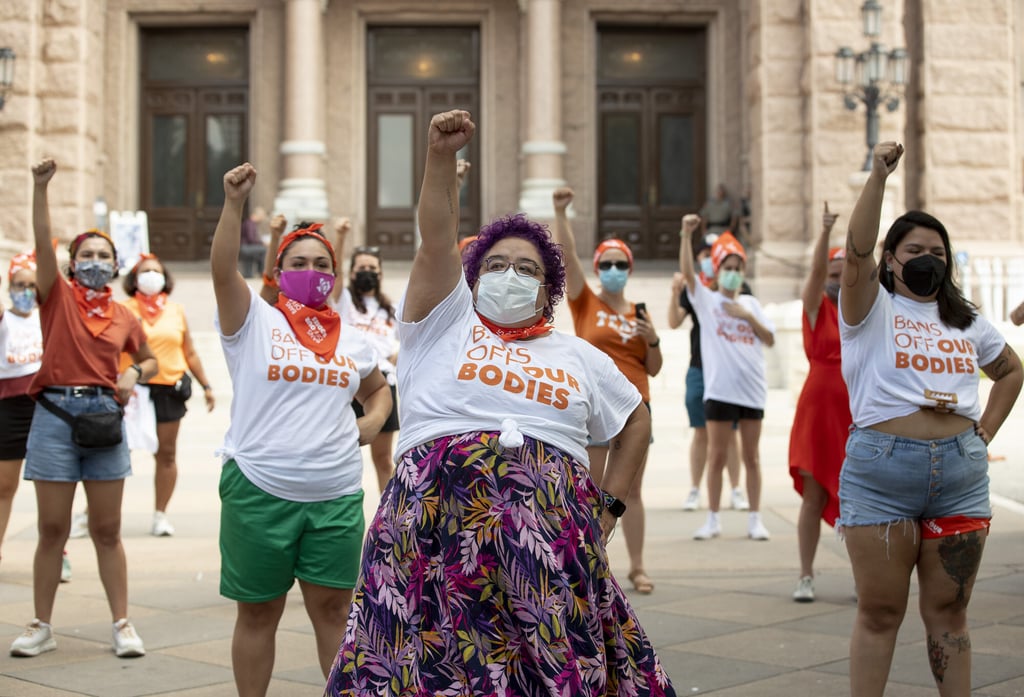US Supreme Court won’t stop Texas abortion ban, but lets clinics sue
- The state’s restrictive law makes abortion illegal after around six weeks – before some women know they’re pregnant – with no exceptions for rape or incest
- In its first month of operation, the number of abortions statewide fell by 50 per cent, a study found

The US Supreme Court on Friday left in place Texas’ ban on most abortions, but ruled that clinics can sue over the state’s most restrictive abortion law in the nation.
The court acted more than a month after hearing arguments over the law that makes abortion illegal after cardiac activity is detected in an embryo. That is around six weeks, before some women even know they are pregnant. There are no exceptions for rape or incest.
The law has been in place for more than three months, since September 1.
The outcome is at best only a partial victory for abortion providers. The same federal judge who already has once blocked the law, known as S.B. 8, almost certainly will be asked to do so again. Then his decision would be reviewed by the 5th US Circuit Court of Appeals, which has twice voted to allow enforcement of the abortion ban.

The case could return to the justices, and so far there have not been five votes on the nine-member court to put the law on hold while the legal fight plays out.